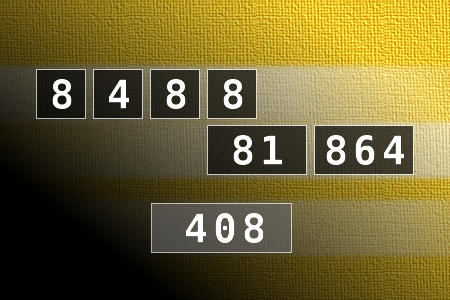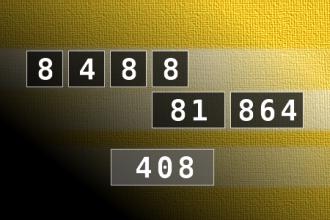Calculate the number 408
NUMBERMANIA: Calculate the number 408 using numbers [8, 4, 8, 8, 81, 864] and basic arithmetic operations (+, -, *, /). Each of the numbers can be used only once.Correct answers: 0
#brainteasers #math #numbermania

The Bear
Two campers where hiking in the forest when all of a sudden a bear jumps out of a bush and starts chasing them.
Both campers start running for their lives when one of them stops and starts to put on his running shoes.
His partner says, "What are you doing? You can't outrun a bear!"
His friend replies, "I don't have to outrun the bear, I only have to outrun you!"

